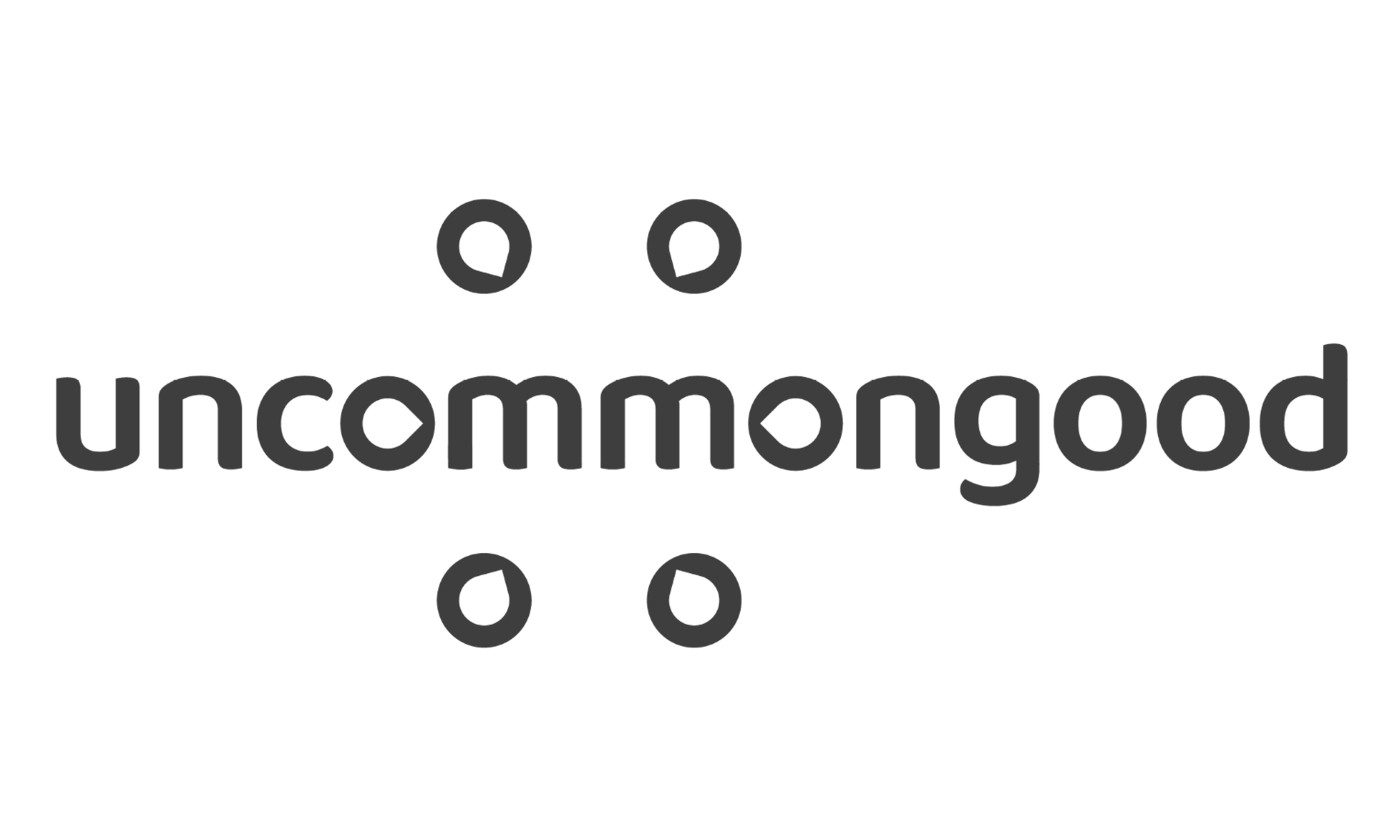Copywriting may be one of the most overlooked aspects of nonprofit marketing. Often, when people hear the word “copywriting,” they think of old-school advertising a la Mad Men.
However, copywriting is a key element of any type of content marketing, social media marketing, fundraising, or email marketing. Whenever you rely on the written word to persuade or sell, you are doing a form of copywriting.
Too often nonprofit managers overlook marketing since they are already focused on meeting their organization’s mission with minimal resources. This can be short-sighted since persuasive copy makes it easier to secure funding, donations, community support, and volunteers.
However, nonprofit copywriting is different from corporate copywriting since your goal is to connect your cause with a person’s values.
A Few Dos and Don’t for Nonprofit Copywriting
Try these writing tips next time you write copy for your nonprofit’s social media, newsletter, or fundraising campaigns.
Dos:
- Stay authentic to your organization’s mission, values, and reality.
- Create an emotional connection with the reader through stories, anecdotes, and other media such as photographs or videos.
- Pay extra attention to your headlines and subheadings. Busy readers tend to skim written content so some will only read your headline. Try writing a working headline then revisit it after you wrote the rest of the copy.
- Focus on clarity. People are busy and if they struggle to understand your message, they may stop reading. Use simple language, an active voice, and a clear message. Sometimes keeping it simple might impact the nuance of your message so go with your instinct, but try to get feedback from a layperson’s perspective whenever possible. Ask a volunteer who isn’t as deeply connected to the details of your work to read your copy for clarity.
- Ask for what you need and give readers a reason to say yes. Often idealistic people hesitate to persuade others. If someone takes the time to read your copy, chances are they share an interest in your mission, organization, or goals. Don’t be afraid to sell!
- Get to know your audience. Effective marketing is based on understanding your “target market.” If you want to attract new donors, take the time to get to know your existing donors. What interests them? What attracted them to your organization? Often marketing and advertising professionals create a “customer persona” to represent their ideal audience.
- Speak directly to your reader. Second-person is highly effective. Some people hesitate to use it since their education focused on a more objective, third-person voice, but in this case, you want to invite the reader to join the conversation.
- Test your copy. Big brands often run focus groups or split test copy to see what is most effective. Incorporate some of those strategies as much as possible. For example, you may benefit from a small focus group and some digital marketing platforms that offer A/B testing features.
Don’ts:
- Avoid hard-sell infomercial approaches unless it feels right for your organization or cause. These tactics are often successful, but you always want to stay true to your mission and values.
- Don’t forget to include a call to action. Chances are, if someone subscribes to your newsletter, follows you on social media, or reads your copy they want to know how they can help. Make it easy for them by telling them what action you need them to take.
- Avoid misleading your readers. Sometimes people associate copywriting with false or exaggerated claims. This is rarely a good strategy for businesses and is even worse for cause-based nonprofits.
- Publish without proofreading. Yes, you can always correct minor errors on a website, but whenever possible avoid misunderstandings by having another team member or volunteer proofread your copy.
- Don’t be afraid to be informal. Often successful copy includes sentence fragments, one-sentence paragraphs and breaks other rules that would make your high school English teacher cringe. A conversational approach is highly engaging and persuasive.
- Do not apologize for sharing your success stories! Sharing stats and data points show people why your work is important. At the same time, be careful to avoid overloading readers with jargon and too many difficult-to-understand statistics. You may have better results by sharing fewer key data points along with a clear explanation that offers real-world context.
We hope these writing tips help you get started. Today’s online marketing tools make it easier to optimize your copy and fine-tune your strategies. For example, you can track click-through rates on your website, social media, and email marketing messages to see which “call-to-actions” appeal most to your supporters.
Use affordable software like UncommonGood and other online marketing tools to your advantage. They can save your nonprofit staff time and money as you get a stronger sense of what techniques work for your audience and your organization.
UncommonGood is a nonprofit productivity suite that offers the power of a donor database as well as other features that support all aspects of nonprofit fundraising and marketing.





